
The string family is the largest family in the orchestra and the most common question I encounter with my music students is
“What is the 2nd largest family in the orchestra?”
The 2nd largest family in the orchestra is the Woodwind family which basically has instruments that require the player to blow wind into them in some way, in order to make or compose music. Woodwinds have holes on which fingers are placed when playing and these holes basically determine the notes and the keys that the instrument produces. There’s only an exception of two instruments that don’t utilize holes and these are the recorder and the flute.
The woodwind family basically includes, from the highest sounding instruments to the lowest, the piccolo, flute, oboe, English horn, clarinet, E-flat clarinet, bass clarinet, bassoon and contrabassoon.
Piccolo
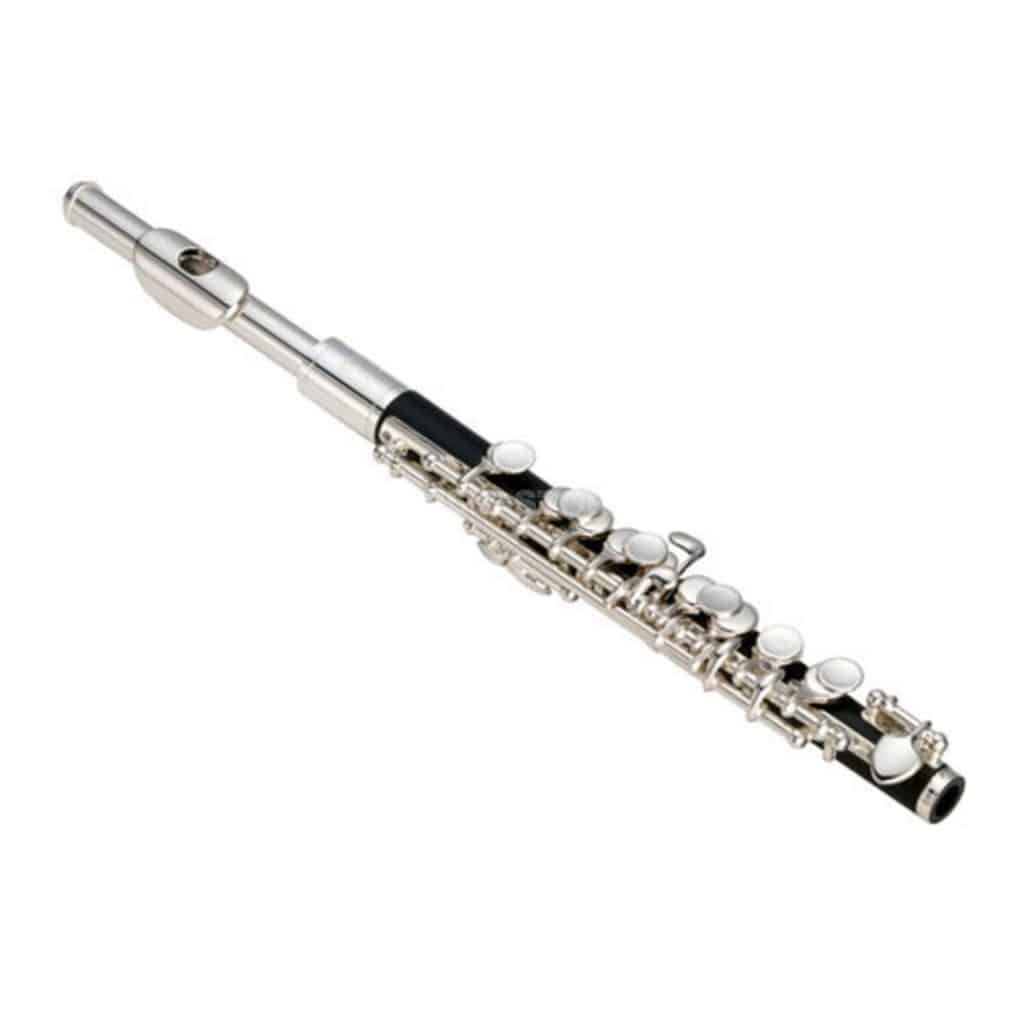
The piccolo is basically a half sized flute and is a member of the Woodwind family.
You’ll discover that a modern piccolo will have most of the same fingerings as a standard transverse flute, the only difference being that it produces sounds that are an octave higher than the written.
In an orchestra, piccolo’s are often orchestrated to basically double elements like the violin or flutes whilst adding sparkle to the overall sound.
Flute

Flutes in the Woodwind family of instruments are known for being Reed-less instruments or aerophone.
A reed-less instrument is one that produces sounds by focusing air into a mouthpiece which then causes a reed or reeds to vibrate.
Reed instruments are further classified into two types consisting of single reed and double reed.
Single reed instruments have a reed at the opening of the mouth piece using a ligature. Double reed instruments on the other hand utilize two small pieces of cane at the base.
There are basically two families of flutes which are closed flutes and open flutes.
For Closed Flutes, the player blows air into the air duct which acts as the channel through which air travels to the sharp edge.
Open flutes require the player to blow air across a sharp edge which then splits the air flow.
Oboe
An oboe is a double reed instrument which is usually made of wood but can also be made of other synthetic material such as plastic etc.
Most oboe usually play the treble or soprano range and are composed of metal keys, a conical bore, and a flared bell.
Oboe produce sound when air is blow through the reed at a sufficient air pressure which then causes it to vibrate with the air column.
Oboe is basically known for producing a versatile tone which is bright. Today, it is known as a solo orchestra instrument and a person that plays an oboe is called an oboist.
English horn
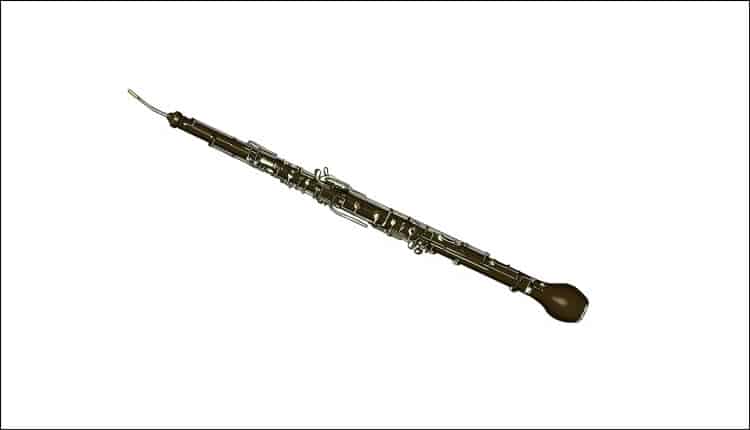
The english horn is sometimes called the “cor anglais” so don’t get confused when you encounter this term.
The English horn is a double reed instrument which is part of the oboe family. It is a transposing instrument pitched in F.
A transposing instrument is simply an instrument of which musical notation is not written at what would be considered concert pitch. Concert pitch is pitch that is associated with non transposing instruments like a piano.
The english horn is written a perfect fifth higher than the instrument sound. Also, the playing style of an english horn is similar to that of an oboe, therefore it is very common to find oboists playing the cor anglais.
Clarinet
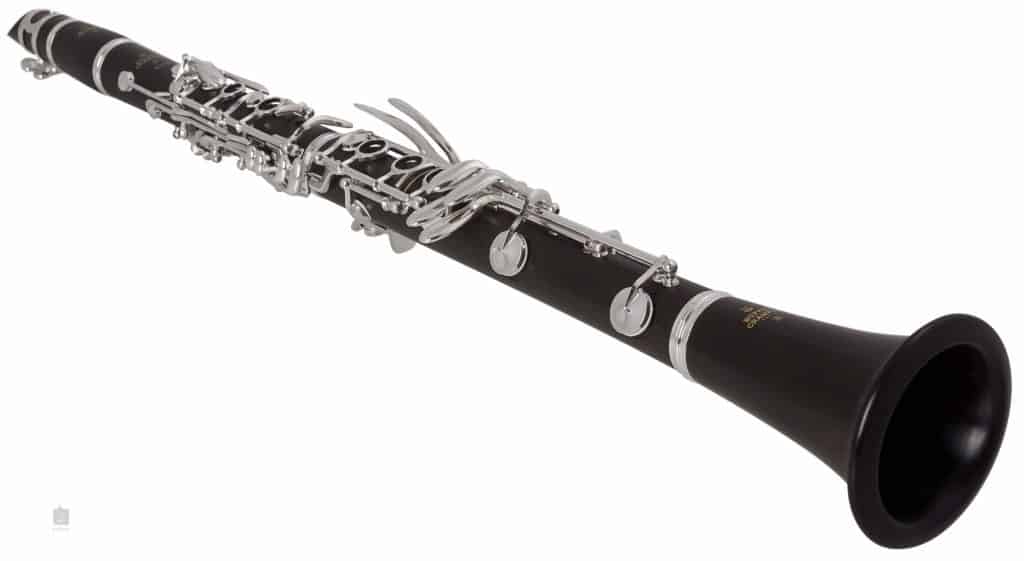
A clarinet is an instrument that has a single reed mouth piece with a straight, cylindrical tube, a bore and a flared bell.
The bore of clarinet is cylindrical and is responsible for the added timbre that sounds produced from a clarinet make.
E-Flat Clarinet
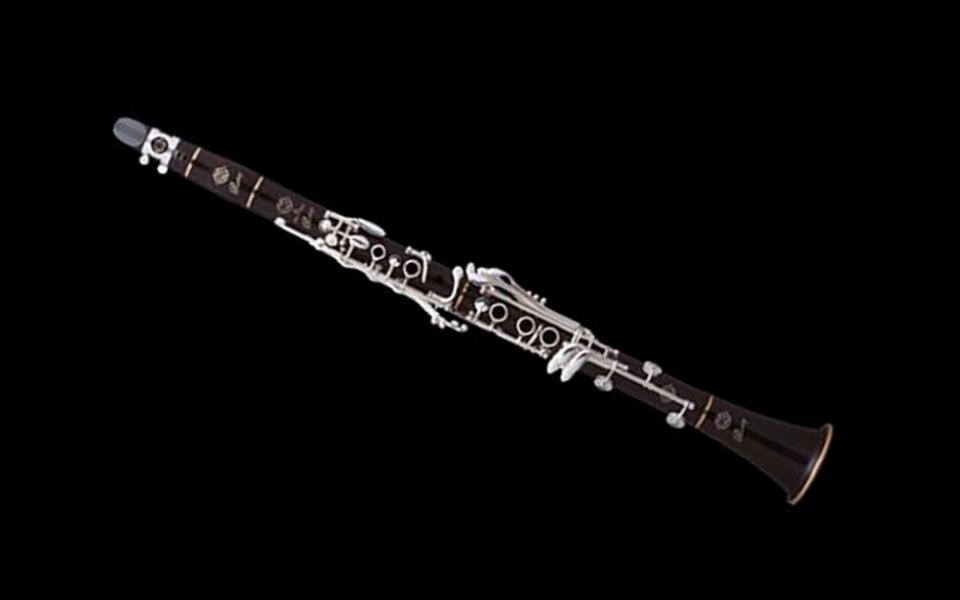
The E Flat clarinet is much smaller than the traditional clarinet.
It is pitched a fourth higher hence the name. It is also considered a piccolo member of the clarinet class of instruments.
The E Flat clarinet is often times used in orchestra in order to carry melodies that would be other wise too high for the b Clarinet. They are used in military bands and can also be traced back to modern wind bands.
Bass clarinet
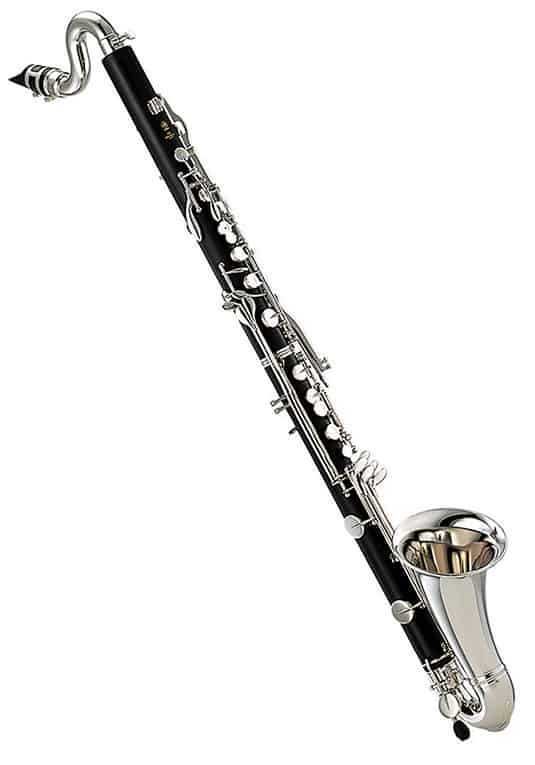
A bass clarinet is a musical instrument belonging to the clarinet family.
It usually pitched in ♭ which makes it a transposing instrument on which C sounds are written as B, but it plays notes an octave below the soprano B clarinet.
You’ll also find bass clarinets in other keys such as A and notably C.
In orchestra, bass clarinets are often heavily utilized in marching bands and will play an occasional role in Jazz music.
Bassoon
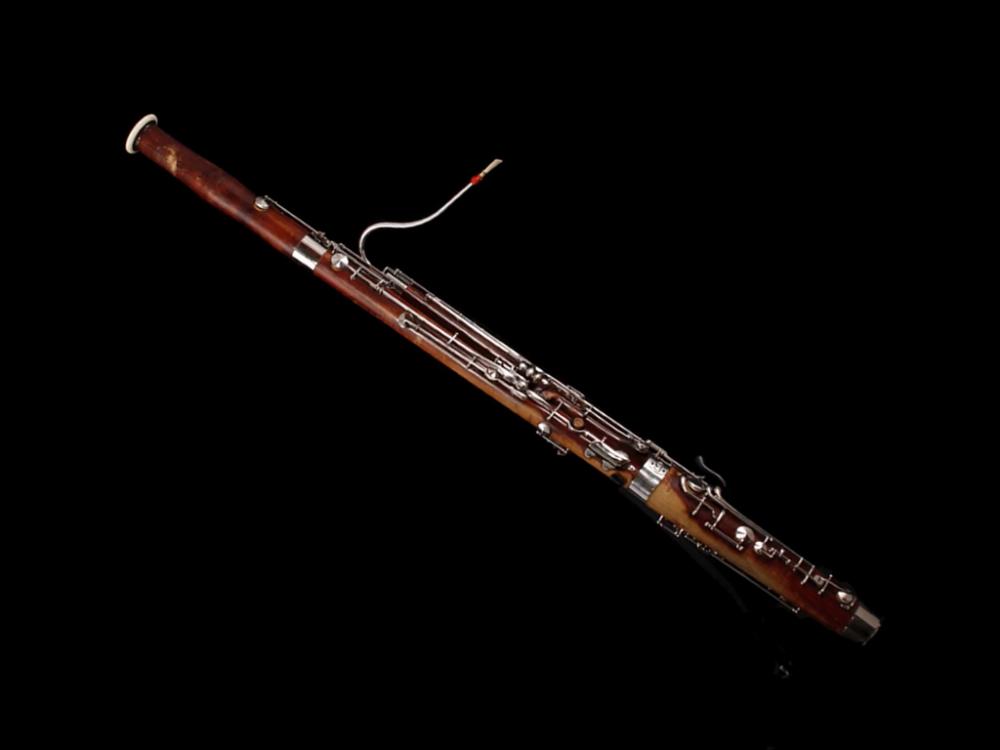
The bassoon is a woodwind double reed instrument, composed of a tenor and bass sound. It’s an instrument usually played while sitting using a seat strap but it’s common to find it being played standing up provided that the player utilizes a harness to hold the instrument.
It is composed of six pieces and is usually made of wood but you can easily find others made of synthetic material like plastic.
The bassoon is a non transposing instrument and its music will usually be written in bass and tenor clefs and other times in treble.
There are basically two forms of modern bassoon which are the buffet and heckel.
Contrabassoon
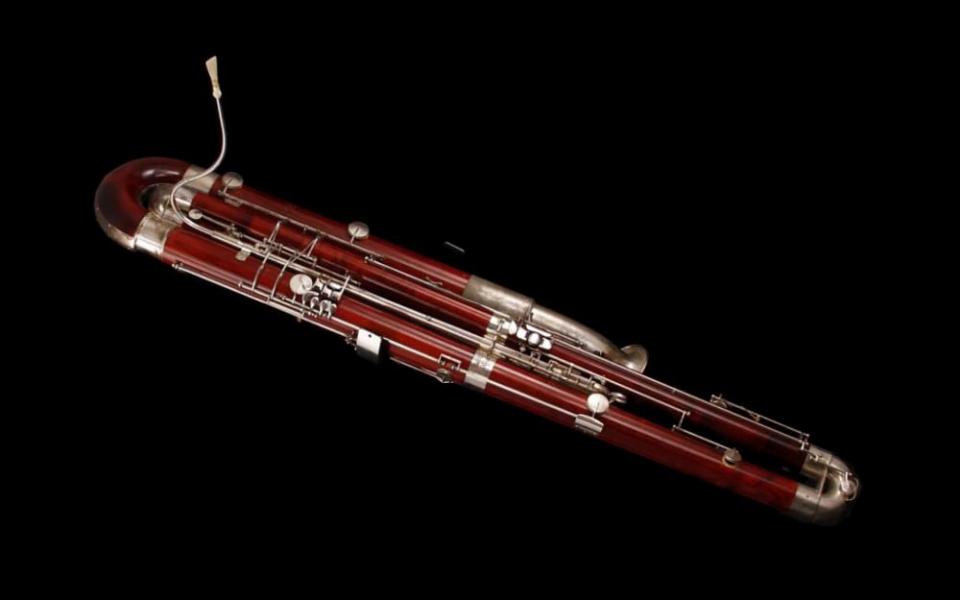
A contrabasson or double bassoon is larger than the normal bassoon and sounds an octave lower. It is usually used as a supplementary orchestral instrument to often double up on a bass trombone or tuba.